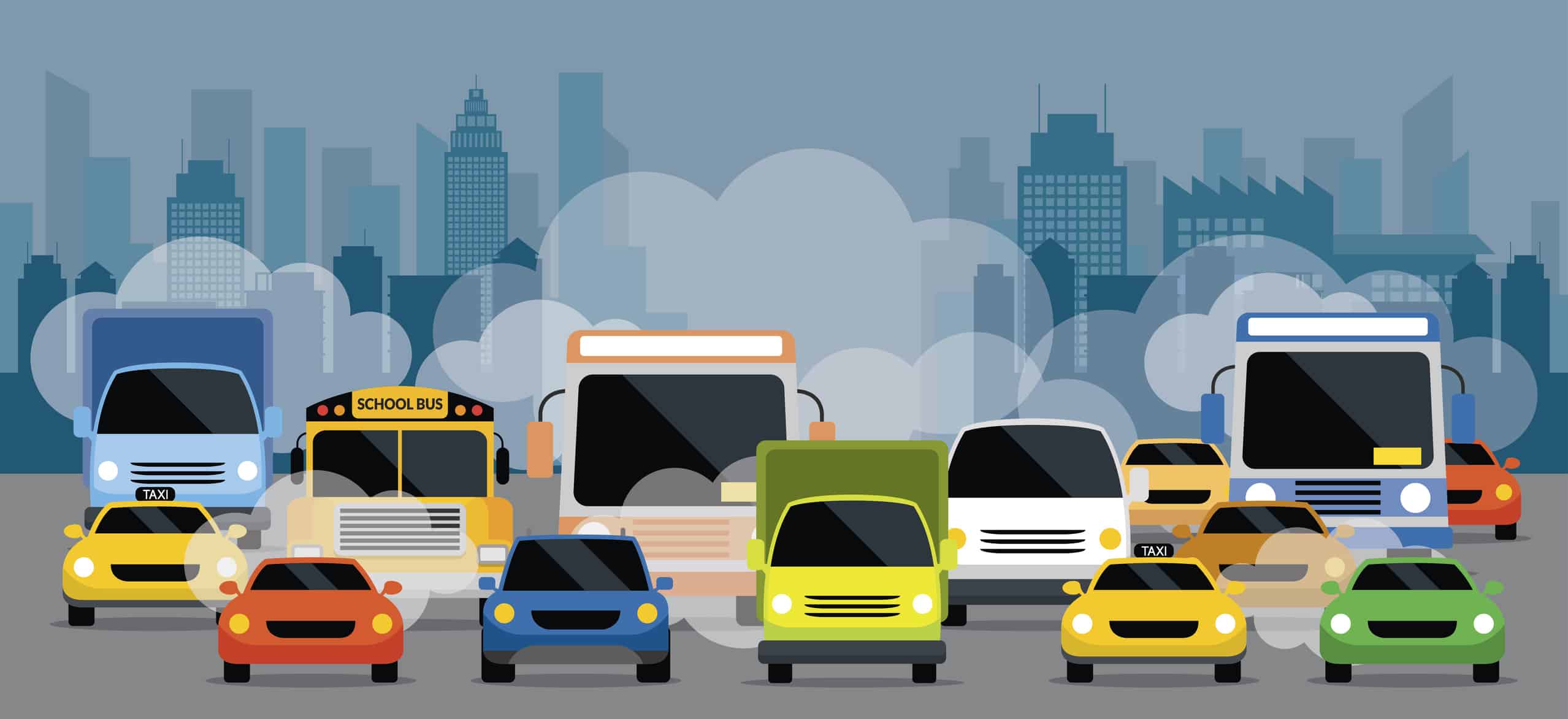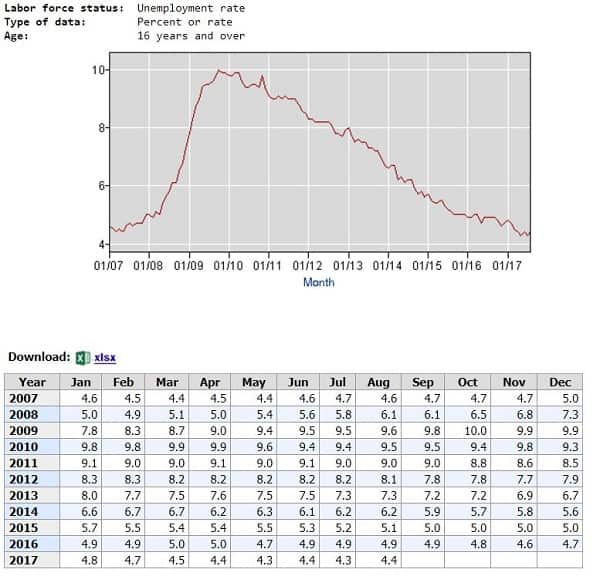Does Global Warming Increase Motor Vehicle Fatalities?

 A new study by retired Yale University epidemiologist Leon Robertson blames global warming for a 7 percent increase in U.S. road deaths in 2015 compared to 2014. At first, I was tempted to dismiss the study as nonsensical. Climate is usually defined as average weather over periods of 30 years or more. Climate change scenarios span decades to centuries, and some types of climate change occur on millennial scales. How can anyone quantify the impact of climate change on highway deaths for a single year?
A new study by retired Yale University epidemiologist Leon Robertson blames global warming for a 7 percent increase in U.S. road deaths in 2015 compared to 2014. At first, I was tempted to dismiss the study as nonsensical. Climate is usually defined as average weather over periods of 30 years or more. Climate change scenarios span decades to centuries, and some types of climate change occur on millennial scales. How can anyone quantify the impact of climate change on highway deaths for a single year?
Turns out, if there is a climate connection to vehicle deaths, it is because global warming makes the whole year a bit more like summer—a season people often wish would never end.
Just as there are more baseball injuries in baseball season, so there are more road deaths in driving season. Summer awakens our sense of fun and adventure, enticing us to get out of the house and go places. Summer increases the frequency of picnics, barbeques, ball games, parties, movie-going, jogging, cycling, weekend getaways, camping, and road trips. Thus, even though winter roads can be treacherous, “In the USA, there are hundreds more deaths per month in summer compared with winter,” Robertson observes.
By comparing vehicle miles traveled (VMT) to temperature data for 100 of the most populous U.S. counties in 2010 and 2015, Robertson estimates that driving increases by “about 60 more miles per year per person for each increase in a degree (F) of temperature.” There are more than 150 million licensed drivers in those counties, so a 1.5°F warming would add about 13.6 billion miles to total VMT.
Warmer weather also increases road use by pedestrians, bikers, and other persons “unprotected by a vehicle shell.” On average, the U.S. was 1.5°F warmer in 2015 than in 2014. After controlling for differences in local risk factors, Robertson estimates that global warming accounts for 6.2 percent of all auto fatalities in the 100 counties—similar to the 7 percent increase reported nationwide.
Although intuitively plausible, the study is a greenhouse of cards. For one thing, scientists cannot parse out the contribution of global climate change to any particular fluctuation in annual global temperature. The big El Niño that broke instrumental temperature records in 2016 was well under way by July 2015. Even if warming boosts VMT, the temperature increase in 2015 is more clearly linked to El Niño than to mankind’s gradual enhancement of the greenhouse effect.
The uptick in auto-related fatalities in 2015 may also be due to socio-economic factors not considered in the study. For example, regular gasoline prices fell by 93¢/gal from 2014 to 2015. When gas prices go down, VMT goes up.
Another potential explanatory factor is lower unemployment rates. Unemployment decreased from 6.6 percent in January 2014 to 5.0 percent in December 2015. Rates fell even more dramatically—from 10 percent to 5 percent—between 2010, the base year Robertson uses to estimate a relationship between temperature and VMT, and 2015.

Vikram Maheshri of the University of Houston and Clifford Winston of the Brooking Institution find that “Motorists’ fatalities and the fatality rate (roadway deaths per vehicle-mile traveled (VMT)) tend to decrease during recessions.” Automobile fatalities have trended downward since the 1970s, but “have fallen especially rapidly during recessions, which are shaded in the figure” below.

One reason is simply that the “smaller labor force commuting to work, fewer goods being shipped along overland routes, and less overall economic activity” reduces VMT. The researchers also hypothesize that people who lose their jobs in recessions tend to be among the least safe drivers. Implication: An improving economy increases VMT and the percentage of risky drivers, setting the stage for more road deaths.
So for all we know, the tumble in gas prices combined with the decrease in unemployment rates account for the total increase in VMT and the associated vehicle mortality. Indeed, the 50-percent drop in unemployment from 2010 to 2015 is so dramatic it would appear to confound any attempt to infer from those end points a numerical relationship between annual temperature and VMT.
As noted, even if there is a temperature-VMT relationship, Robertson has not shown that the increase in 2015 is chiefly due to anthropogenic warming rather than to El Niño.
Robertson states that the 35-year U.S. trend of declining road deaths per population “abruptly reversed” in 2015. But is it really possible to identify trend reversal based on one year of data?
The most relevant measure of vehicle safety trend is deaths per 100 million VMT. From 2014 to 2015, vehicle fatalities increased from 1.08 deaths to 1.13 deaths per 100 million VMT. But that was not the first time since 1980 that deaths per 100 million VMT increased rather than decreased from one year to the next. Similar ‘reversals’ occurred during 1985-1986 (2.47 to 2.51), 2004-2005 (1.44 to 1.46), and 2011-2012 (1.10 to 1.13).
Yet the overall trend is still towards greater safety. The fatality rate in 2015 (1.13) is 26 percent lower than in 2000 (1.53), 46 percent lower than in 1990 (2.08), and 66 percent lower than in 1980 (3.35). Moreover, like the identical 2012 fatality rate, the 2015 rate is lower than in all years prior to 2010.
Taking a longer view, the overall trend over the past 100 years (1915-2015) has been one of decreasing deaths per 100 million VMT. It is premature to proclaim trend reversal based on the last year of a 100-year record.
Interestingly, Robertson’s solution to rising VMT and vehicle mortality is not carbon taxes, cap-and-trade, or renewable energy mandates but nationwide mandatory 55-mph speed limits, which he reckons would reduce vehicle fatalities by 20 percent even assuming a warming link to the 2015 mortality data. Similarly, Maheshri and Winston’s solution is not to induce recessions, increase unemployment, or make driving more costly—all potential consequences of the ‘keep it in the ground’ climate agenda—but to encourage market penetration of driverless vehicles.
Bottom line? Whatever influence climate change, El Niño, gas prices, or unemployment rates may be having on road deaths, the effective remedy is not climate policy but safer cars and safer drivers.